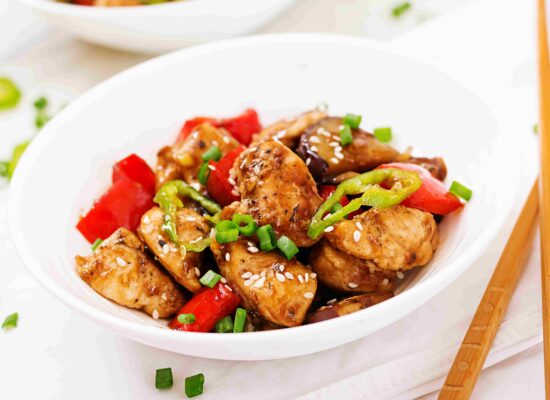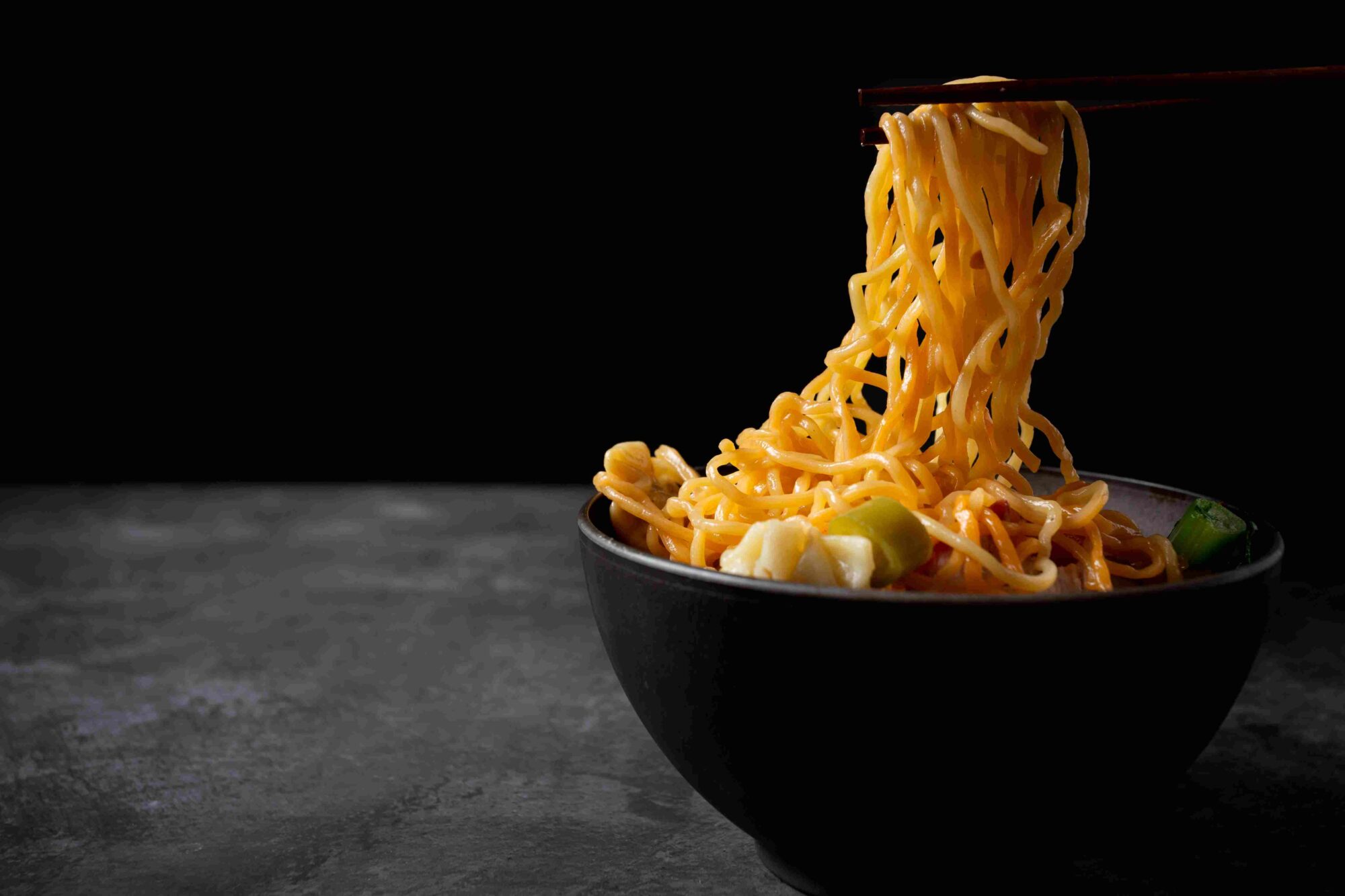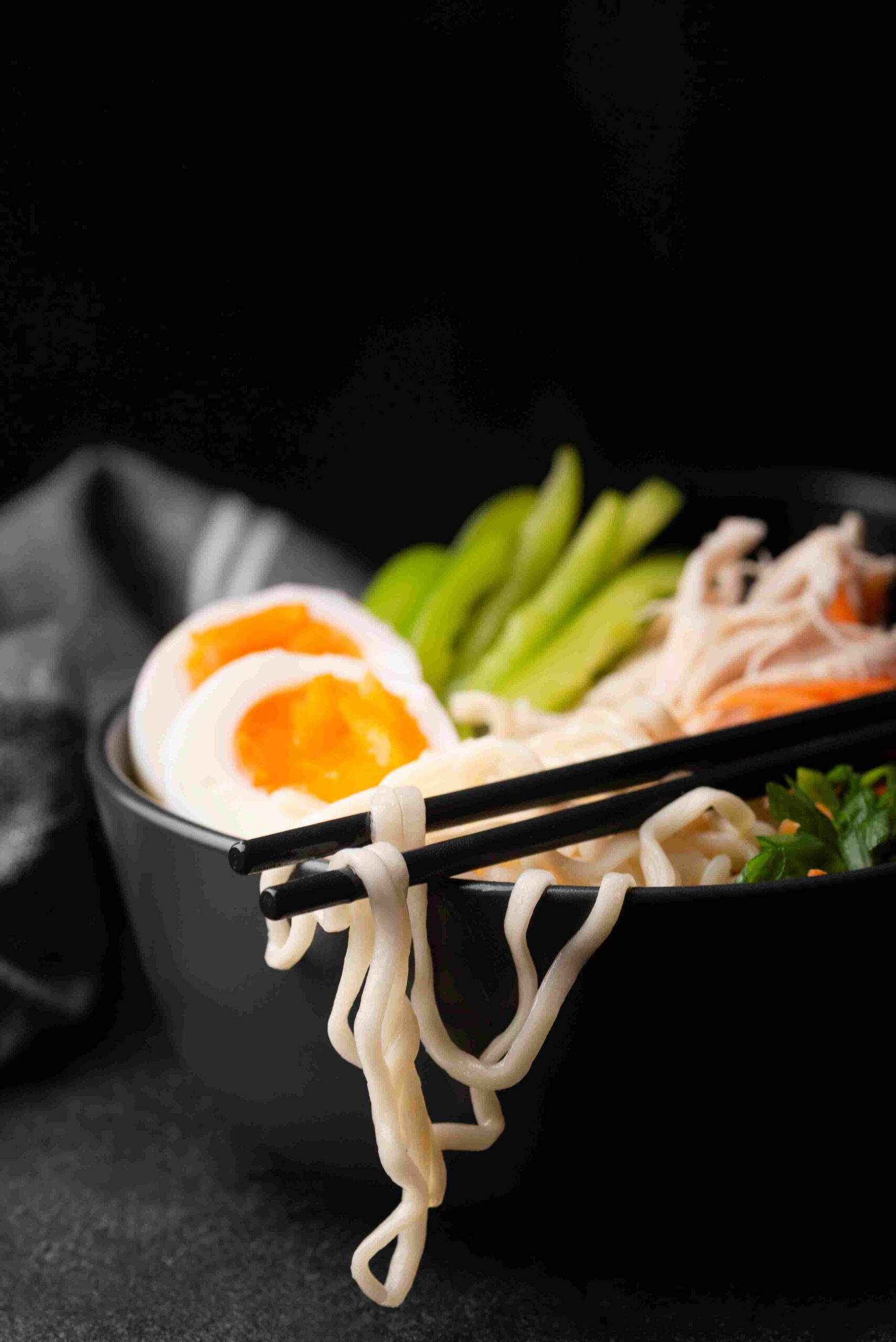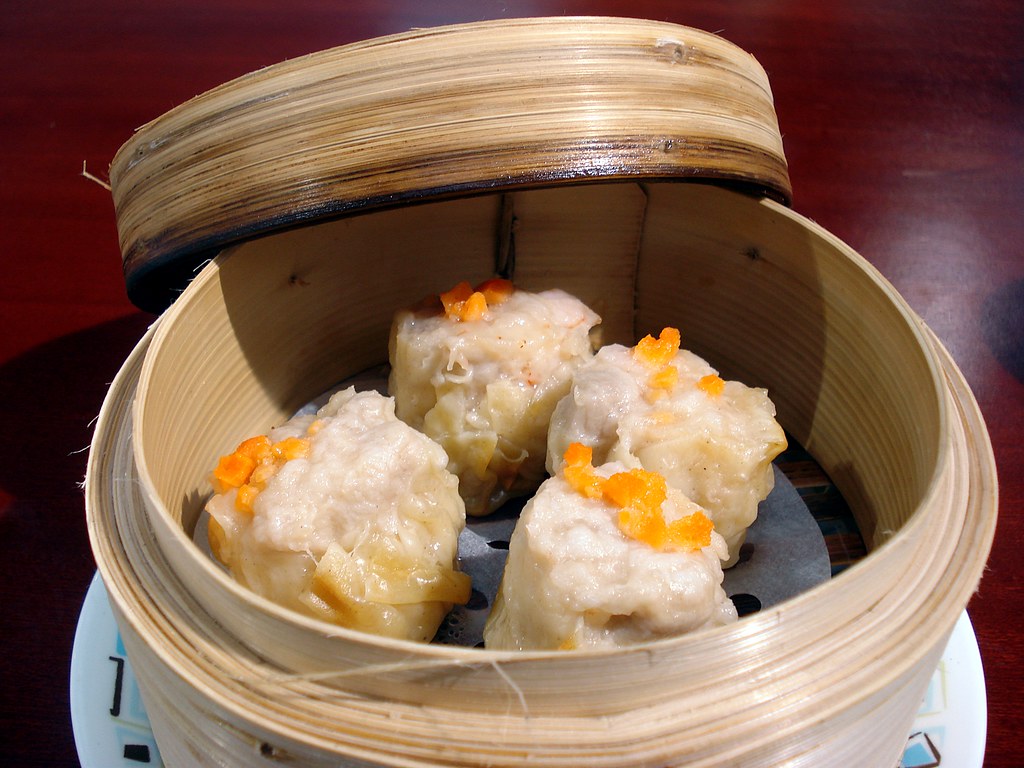General Tso Chicken: The Sweet, Spicy, and Savory Delight
General Tso Chicken is one of the most beloved dishes in Chinese-American cuisine, known for its deep flavors and tantalizing combination of sweet and spicy sauce coating crispy chicken pieces. While inspired by traditional Chinese flavors, General Tso’s Chicken has evolved in American kitchens and is now an iconic example of Chinese food with a Western twist. This recipe brings out all the flavors of this classic dish with a crispy finish and a rich sauce.
Ingredients for General Tso Chicken
For the Chicken:
- 1 lb boneless, skinless chicken thighs, cut into bite-sized pieces
- Salt and black pepper, to taste
- 1/2 cup cornstarch
- Vegetable oil, for frying
For the General Tso Sauce:
- 1/4 cup soy sauce
- 1/4 cup rice vinegar
- 1/4 cup chicken broth
- 2 tablespoons hoisin sauce
- 1 tablespoon rice wine or dry sherry
- 2 tablespoons sugar
- 1 teaspoon sesame oil
- 1 tablespoon cornstarch (for thickening)
Additional Ingredients:
- 2 cloves garlic, minced
- 1 tablespoon ginger, grated
- 5-6 dried red chilies (optional, adjust for spice level)
- Green onions, chopped for garnish
- Sesame seeds for garnish
Instructions for Making General Tso Chicken
Prepare the Sauce
- Mix Ingredients: In a bowl, whisk together soy sauce, rice vinegar, chicken broth, hoisin sauce, rice wine, sugar, sesame oil, and cornstarch. Stir until the sugar dissolves and set the mixture aside.
Prepare the Chicken
- Season and Coat the Chicken: Season the chicken pieces with salt and pepper, then coat each piece in cornstarch to create a crispy exterior.
- Heat the Oil for Frying: Heat vegetable oil in a deep skillet or wok over medium-high heat. Once the oil is hot, add the coated chicken pieces in batches. Fry until golden brown and crispy, about 5-7 minutes per batch. Transfer the chicken to a plate lined with paper towels to drain any excess oil.
Cook with General Tso Sauce
- Sauté the Aromatics: Remove most of the oil from the skillet, leaving about 1 tablespoon. Add the minced garlic, grated ginger, and dried chilies, stirring until fragrant.
- Add the Sauce: Pour in the prepared sauce mixture, stirring constantly as it thickens. Allow the sauce to bubble slightly, then reduce the heat.
Combine and Serve
- Coat the Chicken: Return the fried chicken to the skillet, tossing it in the sauce until evenly coated. Let it cook in the sauce for an additional 2-3 minutes.
- Garnish and Serve: Transfer the General Tso Chicken to a serving plate, garnishing with sesame seeds and chopped green onions. Serve with steamed rice or stir-fried vegetables to make it a complete meal.
Tips for Perfect General Tso Chicken
Adjust the Spice Level
For a milder dish, reduce the number of dried chilies or omit them altogether. For an extra kick, add a small pinch of red pepper flakes along with the sauce ingredients.
Resources for Key Ingredients and Origins
- General Tso’s Chicken: Read about the history and evolution of this popular Chinese-American dish.
- Hoisin Sauce: Discover the unique flavors of hoisin, a sweet and savory condiment essential to Chinese cuisine.
- Cornstarch: Learn about the culinary uses of cornstarch for creating crisp textures and thickening sauces.
The Story Behind General Tso’s Chicken
Although General Tso Chicken has roots in Chinese food, it gained its fame in the United States during the 20th century. Named after a Qing Dynasty general, General Tso Tsung-t’ang, the dish has little connection to him but carries his name as a symbol of strength and bold flavors. This fusion of Chinese spices and American tastes has led to its status as a staple in Chinese-American cuisine.
Health Benefits and Variations
Lower Sodium Option
Using low-sodium soy sauce can help reduce the sodium content, which may be beneficial for those monitoring their salt intake.
Baking Instead of Frying
For a healthier take, try baking the chicken instead of frying. Coat the chicken in a light layer of oil and bake at 400°F for 20-25 minutes, turning halfway through.
Fun Facts About General Tso Chicken
- Popularity in Western Countries: General Tso’s Chicken is often one of the top choices on Chinese-American restaurant menus.
- Regional Variations: While American versions lean towards a sweet-spicy balance, Canadian and European versions sometimes have a smokier or richer sauce.
- Modern Fusion Dishes: General Tso’s sauce has inspired everything from General Tso Tofu to General Tso Cauliflower, expanding the flavors of this dish to more diverse diets.
Enjoy General Tso Chicken as a delicious representation of Chinese-American cuisine. This recipe brings out all the bold and balanced flavors in a dish that remains a favorite for its sweet-spicy blend and satisfying crunch. Perfect for an evening meal or as a party dish, it’s bound to become a staple in your kitchen!


























